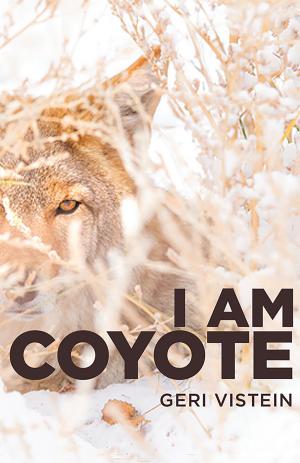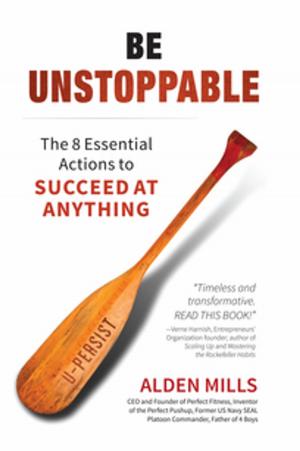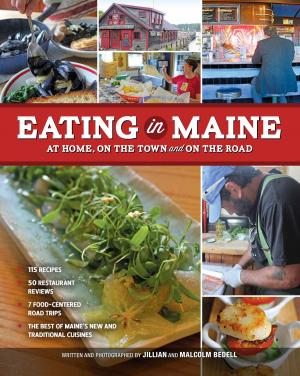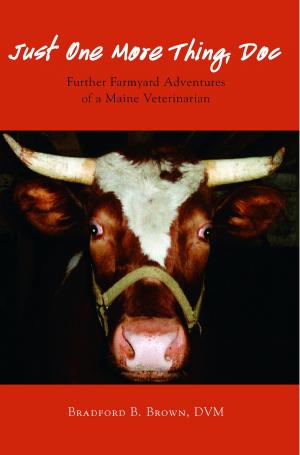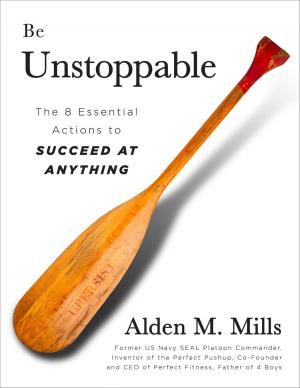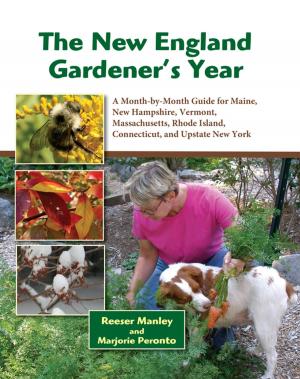A History of Civilization in 50 Disasters (History in 50)
Nonfiction, History, World History, Social & Cultural Studies, Social Science| Author: | Gale Eaton, Phillip Hoose | ISBN: | 9780884484073 |
| Publisher: | Tilbury House Publishers | Publication: | October 23, 2015 |
| Imprint: | Tilbury House Publishers | Language: | English |
| Author: | Gale Eaton, Phillip Hoose |
| ISBN: | 9780884484073 |
| Publisher: | Tilbury House Publishers |
| Publication: | October 23, 2015 |
| Imprint: | Tilbury House Publishers |
| Language: | English |
*2016 IBPA Benjamin Franklin Silver Award Winner*
The earth shakes and cracks open. Volcanoes erupt. Continents freeze, bake, and flood. Droughts parch the land. Wildfires and hundred-year storms consume anything in their paths. Invisible clouds of disease and pestilence probe for victims. Tidal waves sweep ashore from the vast sea. The natural world is a dangerous place, but one species has evolved a unique defense against the hazards: civilization.
Civilization rearranges nature for human convenience. Clothes and houses keep us warm; agriculture feeds us; medicine fights our diseases. It all works—most of the time. But key resources lie in the most hazardous places, so we choose to live on river flood plains, on the slopes of volcanoes, at the edge of the sea, above seismic faults. We pack ourselves into cities, Petri dishes for germs. Civilization thrives on the edge of disaster. And what happens when natural forces meet molasses holding tanks, insecticides, deepwater oil rigs, nuclear power plants? We learn the hard way how to avoid the last disaster—and maybe how to create the next one. What we don’t know can, indeed, hurt us. This book’s white-knuckled journey from antiquity to the present leads us to wonder at times how humankind has survived. And yet, as Author Gale Eaton makes clear, civilization has advanced not just in spite of disasters but in part because of them. Hats off to human resilience, ingenuity, and perseverance! They’ve carried us this far; may they continue to do so into our ever-hazardous future.
The History in 50 series explores history by telling thematically linked stories. Each book includes 50 illustrated narrative accounts of people and events—some well-known, others often overlooked—that, together, build a rich connect the-dots mosaic and challenge conventional assumptions about how history unfolds.
- Dedicated to the premise that history is the greatest story ever told.
- Includes a mix of “greatest hits” with quirky, surprising, provocative accounts.
- Challenges readers to think and engage.
- Includes a glossary of technical terms; sources by chapter; teaching resources as jumping-off points for student research; and endnotes.
- Fountas & Pinnell Level Z+
*2016 IBPA Benjamin Franklin Silver Award Winner*
The earth shakes and cracks open. Volcanoes erupt. Continents freeze, bake, and flood. Droughts parch the land. Wildfires and hundred-year storms consume anything in their paths. Invisible clouds of disease and pestilence probe for victims. Tidal waves sweep ashore from the vast sea. The natural world is a dangerous place, but one species has evolved a unique defense against the hazards: civilization.
Civilization rearranges nature for human convenience. Clothes and houses keep us warm; agriculture feeds us; medicine fights our diseases. It all works—most of the time. But key resources lie in the most hazardous places, so we choose to live on river flood plains, on the slopes of volcanoes, at the edge of the sea, above seismic faults. We pack ourselves into cities, Petri dishes for germs. Civilization thrives on the edge of disaster. And what happens when natural forces meet molasses holding tanks, insecticides, deepwater oil rigs, nuclear power plants? We learn the hard way how to avoid the last disaster—and maybe how to create the next one. What we don’t know can, indeed, hurt us. This book’s white-knuckled journey from antiquity to the present leads us to wonder at times how humankind has survived. And yet, as Author Gale Eaton makes clear, civilization has advanced not just in spite of disasters but in part because of them. Hats off to human resilience, ingenuity, and perseverance! They’ve carried us this far; may they continue to do so into our ever-hazardous future.
The History in 50 series explores history by telling thematically linked stories. Each book includes 50 illustrated narrative accounts of people and events—some well-known, others often overlooked—that, together, build a rich connect the-dots mosaic and challenge conventional assumptions about how history unfolds.
- Dedicated to the premise that history is the greatest story ever told.
- Includes a mix of “greatest hits” with quirky, surprising, provocative accounts.
- Challenges readers to think and engage.
- Includes a glossary of technical terms; sources by chapter; teaching resources as jumping-off points for student research; and endnotes.
- Fountas & Pinnell Level Z+

